What is aperture? And what is its relationship to depth of field?
Understanding Aperture is absolutely essential to taking great photos, as it is one of the most important elements in photography.
In many cases, they have the biggest impact on the image, as using different apertures opens up more creative ways through unique effects.
What is the lens aperture?
Aperture refers to the size of the aperture on the back of the lens, which controls how much light is passed into the camera sensor. If you take a closer look at the viewfinder, you should see something like this.
The aperture consists of a set of blades that close and open according to the size of the aperture that you have selected manually, but if you are shooting using automatic modes, these blades open and close automatically according to the amount of light in the scene.
The best way to understand the aperture is to think of it as the pupil. In low light conditions, the pupil is wider to let in as much light as possible. Whereas in the case of a lot of light, such as direct sunlight, the pupil shrinks so that we can see things in front of us clearly. In photography, the viewfinder works just like this.
How to understand the language of aperture f/stop?
You've probably noticed this on the camera screen before, your aperture is displayed as f/2, f/3.5, f/8, etc. Some cameras delete the slash and just type f8, f4...etc.
For example, the camera below is set to f/5.6 aperture:
What may seem confusing is that the lower the number, the larger the aperture. This means that your aperture will be wide open at a smaller f/stop, such as f/1.4. At higher numbers, like f/16 or f/22, you'll get a narrow, smaller aperture.
Why a small number for a large aperture? The answer is simple and mathematical, but first, you need to know the aperture numbers in order.
These are the most common aperture numbers:
This is causing a great deal of confusion among new photographers. However, as strange as it may sound, there is a reasonable and simple explanation that should tell you a lot. And it is as follows:
When you treat f/stop as f/16 for example, you can think of it as the fraction 1/16. Hopefully, you already know that a fraction like 1/16 is much smaller than 1/4. For this exact reason, the f/16 aperture is smaller than the f/4 aperture.
While calculating the proper aperture can be a complex process, new photographers need to remember one key concept: small numbers mean wide apertures, and large numbers mean narrow apertures.
What effects does aperture have on your photos?
Aperture has two main effects on photos: exposure and depth of field. Let's go deeper into these two points.
How does aperture affect exposure?
First, what is Exposure? is simply the amount of light that enters the camera and controls whether the captured image is dark or bright.
aperture controls exposure – just like an open window lets in a lot of light into a room, a wide aperture will let a lot of light into the camera. vice versa. A small aperture will give a darker image.
The best way to prove this is by taking a series of photos, keeping all settings constant except for the aperture.
All photos below were taken with ISO 100, shutter speed 1/50th of a second, and no flash, only the aperture size changes all the time.
How does aperture affect the depth of field?
The second most important aspect is the relationship between aperture and depth of field. But what does the depth of field mean?
Depth of field (DOF) is the amount of the scene in focus i.e. what is visible from the image. It is of two types: narrow depth of field and deep depth of field. There is no need to be confused. I will explain more;
When a cat catches your eye in the city alleys, for example, if you want to focus only on that cat without paying attention to the background, you will need to blur the background and leave your subject clear as in the image below.
In this case shallow depth of field, because the visible amount of the image is just small the cat while the background is blurred.
And vice versa, in other photos, both the foreground and background may be clear.
Deep Depth of Field: this means that all image elements will be visible.
For example, in the landscape image below, all the elements of the image are visible from the mountains in the background to the pond in the foreground.
This is simply and in a nutshell the meaning and types of depth of field, but if you are more interested in this concept, you will want to visit our comprehensive article on depth of field.
The question now is: What is the relationship between aperture and depth of field?
If you want to shoot a photo with a narrow depth of field meaning the subject is clear and the background is blurry, like the cat photo above, you will need a large aperture meaning a small f/stop like f/1.8 or f/2…
Whereas if you want to shoot a photo with a depth of field like the nature photo above, here it is the opposite, you will need a small aperture, meaning a large f/stop like f/16 or f/22 …
Here is a quick comparison that shows the difference between using a large aperture versus a small aperture:
How to manually adjust the aperture of the camera?
If you want to manually adjust the aperture of the camera, two modes allow you to adjust it:
-Aperture Priority: where you can set the aperture manually while all other settings are set automatically by the camera.
-Manual Mode: where you adjust all the settings manually, including the lens aperture.
Aperture priority mode is denoted by the letter “A” or “Av” in most cameras, while manual mode is denoted by the letter “M”
Since the aperture is one of the fundamentals of photography, it is usually located in an easily accessible place on the camera.
In most camera brands you can choose the model that allows you to adjust the aperture by moving the wheel dial located in the upper right part of the camera.
Minimum and maximum aperture value
Every lens has a minimum and maximum aperture size, for almost all lenses, the largest aperture a lens can reach (low f/stop) is the most important, because it tells you how much darkness it can shoot in and how much light the lens can collect in the darkest place.
A lens with a maximum aperture of f/1.4 or f/1.8 is considered a fast lens because it can take pictures in a darker place than a lens with a slow maximum aperture such as f/4, which is why lenses with large apertures usually cost more...
In contrast, the minimum aperture is not that important (f/stop is high), because almost all modern lenses can provide at least f/16. You will rarely need an aperture smaller than that for everyday shooting.
With some zoom lenses, the maximum aperture will change as you zoom in and out. For example, the NIKON 18-55mm f/3.5-5.6 AF-P lens,
If you are shooting with this lens, when zoomed in, the widest aperture the lens can reach is f/5.6 while when zoomed out the widest aperture is f/3.5.
More expensive lenses maintain a constant maximum aperture throughout the zoom range as the f/2.8 24-70mm NIKON.
The maximum aperture of a lens is so important that it is included in the name of the lens itself. Sometimes it will be written with a colon instead of a slash, but it means the same thing as a Nikon camera 50mm 1:1.4
Aperture sizes and their appropriate uses
- f/1.2 - f/1.4: You'll find these "fast" maximum apertures only in premium prime lenses, when you set your lens to these numbers, it collects as much light as possible in poorly lit places. This makes it ideal for any kind of low-light photography, such as home photography, night sky photography, weddings, photos in dimly lit rooms…etc.
- f/1.8 – f/2.0: This lens offers slightly low-light capabilities. If your purpose is to produce images with a special aesthetic, these lenses are of tremendous value. Shooting between f/1.8 and f/2 usually gets an adequate depth of field for subjects at close distances.
- f/2.8 – f/4: These apertures are considered professional quality. While it's not as capable as the f/ 1.4 lens in terms of light-gathering capabilities, it often offers image stabilization features that can make it quite versatile, even when shooting in low-light conditions.
- These slots are useful for travel, sports, and wildlife, as well as many other types of photography.
- f/5.6 – f/8: If you are taking pictures of a large group of people, you should use this group because it ensures that everyone stays in focus, meaning everyone will be visible in the photo. Also, this range is a starting point for landscape and architecture photography.
- f/11 – f/16: This range is typically used for landscape, architecture, and pan photography that requires the greatest possible depth of field, meaning that all elements of the image will be sharp.
- At f/stop beyond f/8, you will start to lose clarity due to the small aperture, in which case the shutter speed must be reduced to compensate.
- f/22 or smaller: When using this aperture you should be aware of what you are doing. Because on the one hand you may lose the sharpness and clarity in your photos, and on the other hand, the dust spots on the sensor become more visible. Almost any camera, even with a freshly clean sensor, has dust spots.
Aperture FAQ
How does aperture effect shutter speed?
When the camera is set to a large aperture, it will allow a lot of light to pass through, in contrast, a high shutter speed should be chosen to reduce the amount of light that entered through the aperture. On the other hand, reducing the aperture reduces the amount of light entering the camera, which requires the use of a slower shutter speed to produce an image of adequate brightness.
How does the hole affect the bokeh?
Another great effect for large aperture photography is the Bokeh.
Bokeh is basically an out-of-focus blur background of your photo. It's most effective when you have a very shallow depth of field and a background that is rich in lights. You can see in the image below how the lights create this effect in the background.
What is the appropriate aperture for landscape photography?
When photographing landscapes, you often want to have as much depth of field as possible. To get both the foreground and background as clear as possible. It is best to choose smaller apertures for the lens such as f/8 or f/11.
What aperture should be used to get a blurry background?
If you want to isolate your subject from the scene and make the background look blurry, you should open the aperture as much as possible and get as close to the subject as possible. For example, if you are shooting with a 50mm f/1.8 lens, you should choose the lowest f/stop value of f/1.8 meaning the lens is wide open, with your subject at close range.
If you are using a zoom lens, you should zoom in to the longest focal distance and use the widest aperture, while being as close as possible to your subject. For example, if you are shooting with an f/3.5-5.6 18-55mm lens, you should zoom in to 55mm, use the maximum aperture of f/5.6, and get close to your subject.
breaking the rules
Although photographers like to enforce “rules” about aperture, for example, landscape photos have to be sharp, and background blur in portraits, it's a good idea to break the rules sometimes. Landscapes can look great with Shallow or narrow fields i.e. wide apertures (low f/stop).
Also, a selfie of a child in the foreground with his mother giving him a look of love from behind will look attractive.
Conclusion
The Internet and books provide a lot of information about the aperture in particular, and photography in general, but when it comes to aperture, the best way to deal with it is to use it, experiment, review, and continue shooting. Learn from your mistakes and you will become an expert photographer.
If you are ready to go further, the next important camera setup to learn is the speed shutter.

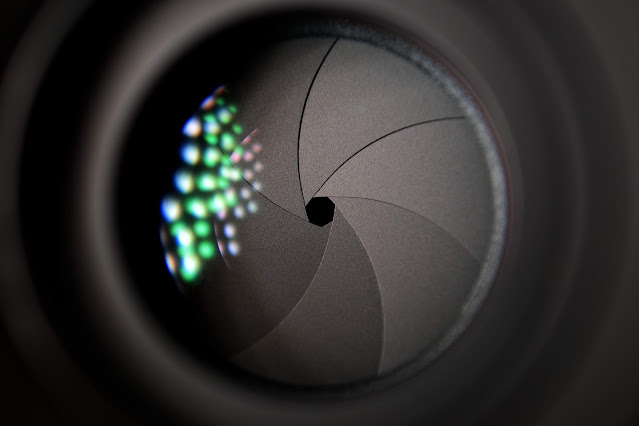
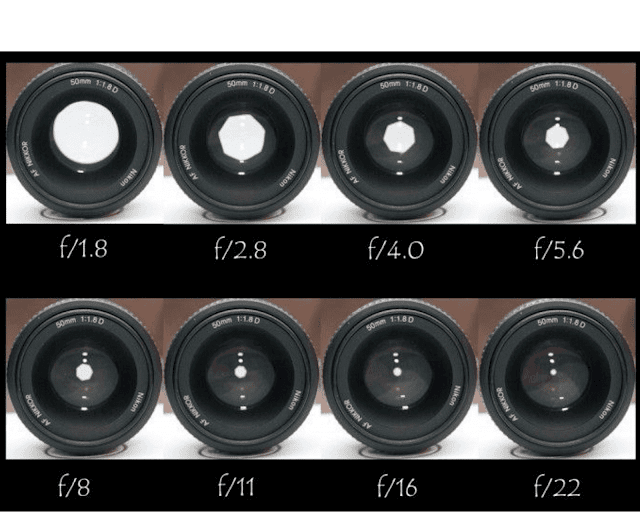

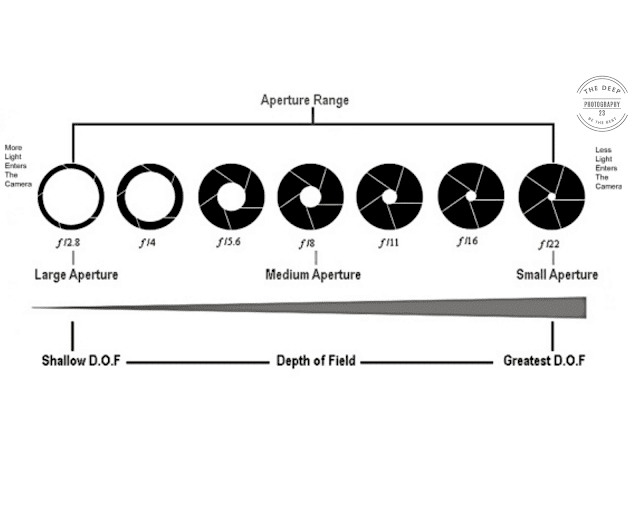
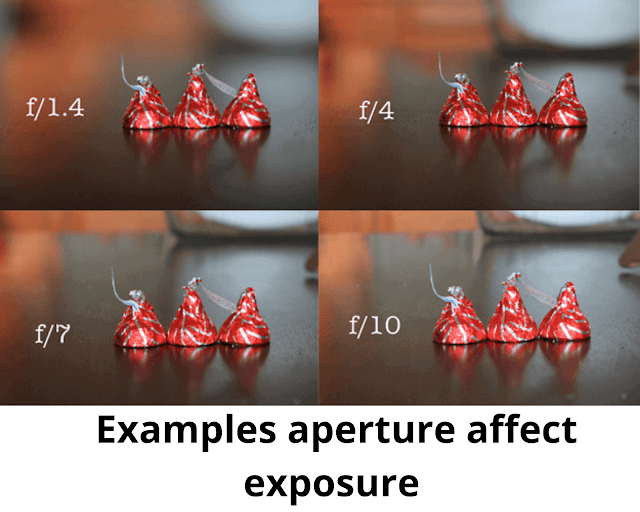
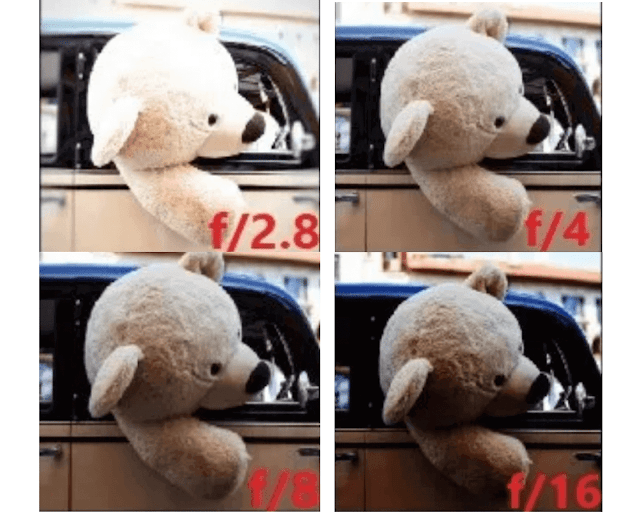

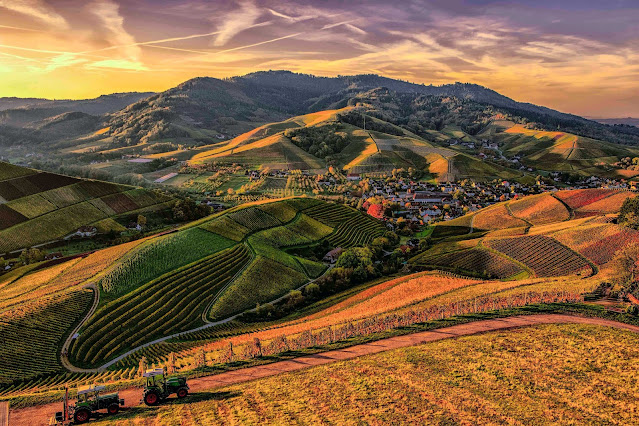



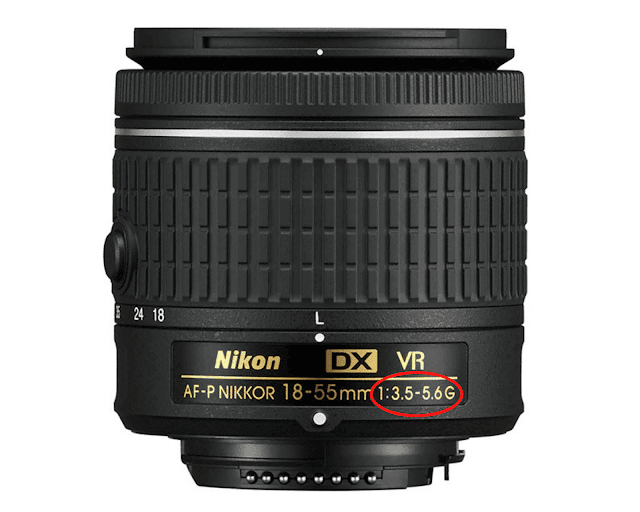

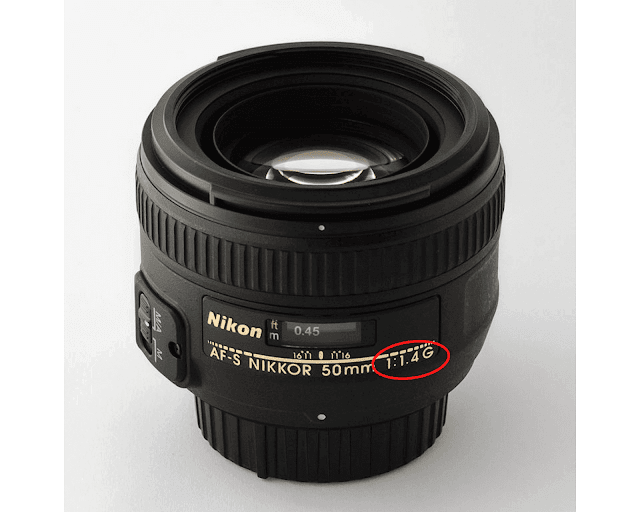



Comments
Post a Comment
We are waiting for your comments and inquiries